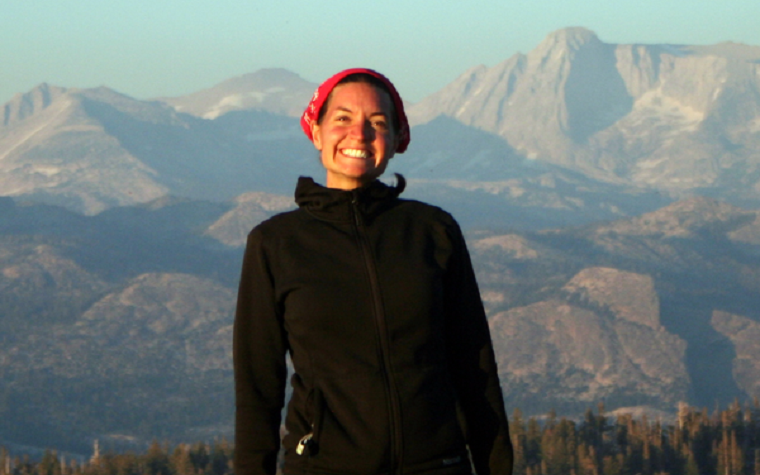A new study has been released that offers guidelines to help conserve areas researchers call “climate change refugia,” land areas that have natural buffers guarding them against climate change and protecting resources that are both natural and cultural.
The research team was led by U.S. Geological Survey research ecologist Toni Lyn Morelli and the Northeast Climate Science Center, which is located at the University of Massachusetts Amherst.
The guidelines, found in PLOS ONE journal, give specific steps to help identify and manage these areas.
“These are places that will be protected from climate change, at least relative to the land around them,” Morelli said. “Management actions can then reduce other stressors, like disturbance or invasive species, so these areas can act as short-term sanctuaries for species of conservation concern and other important natural and cultural resources. Natural resource managers are trying to help species adapt to climate change, looking for places where they can make a difference within the constraints of funding and staff time. They can’t act on everything, everywhere, so our idea was to highlight areas that are more resistant to climate change that could help populations remain in place despite warming and changing precipitation.”


 Alerts Sign-up
Alerts Sign-up